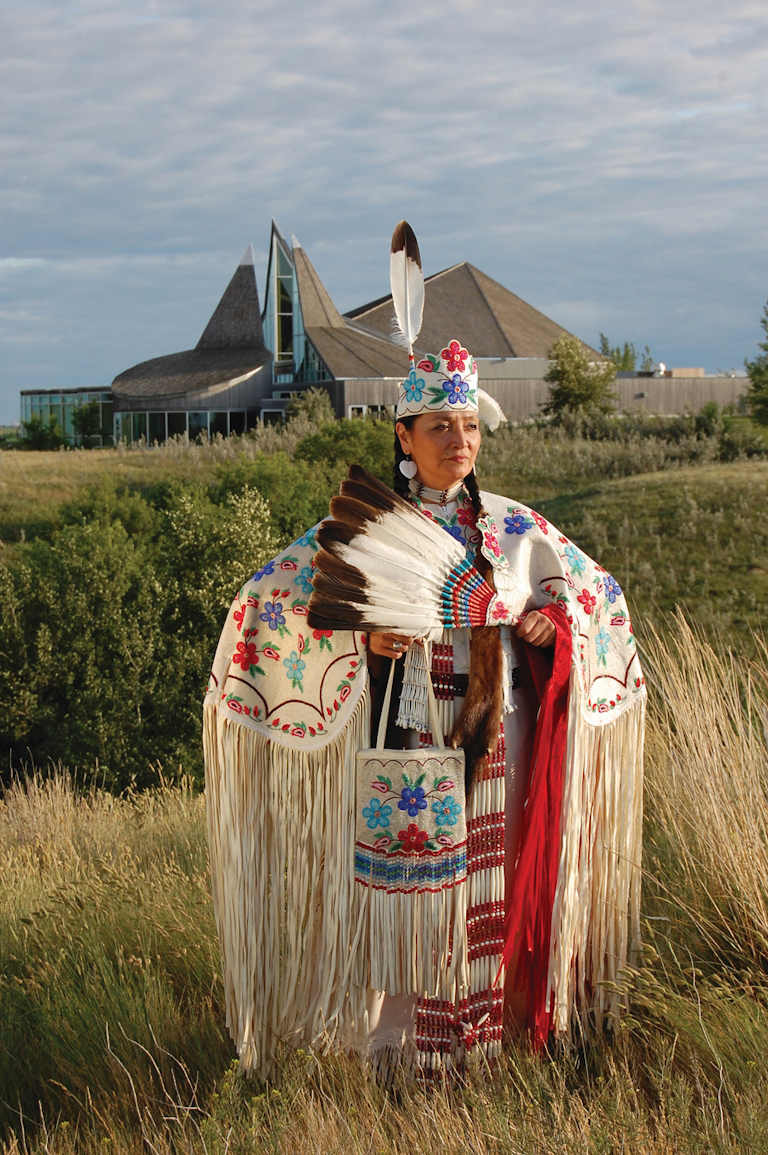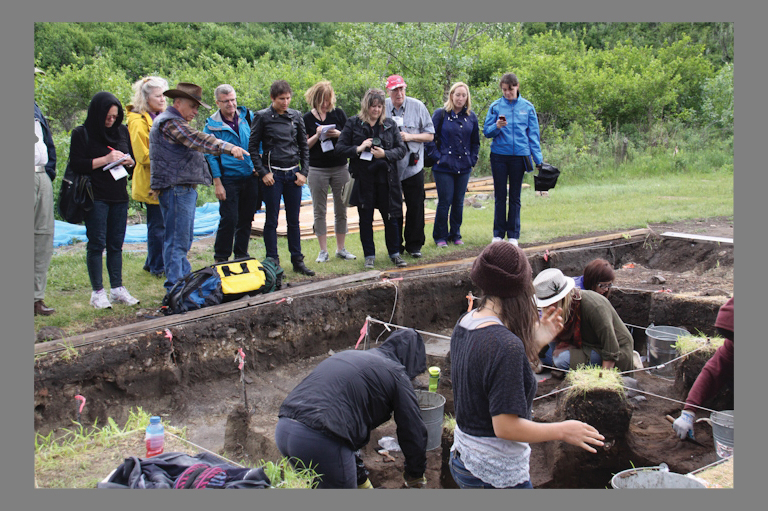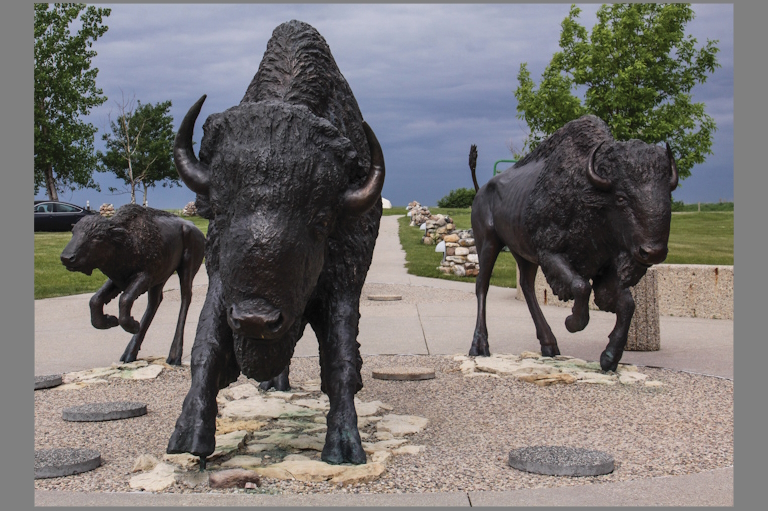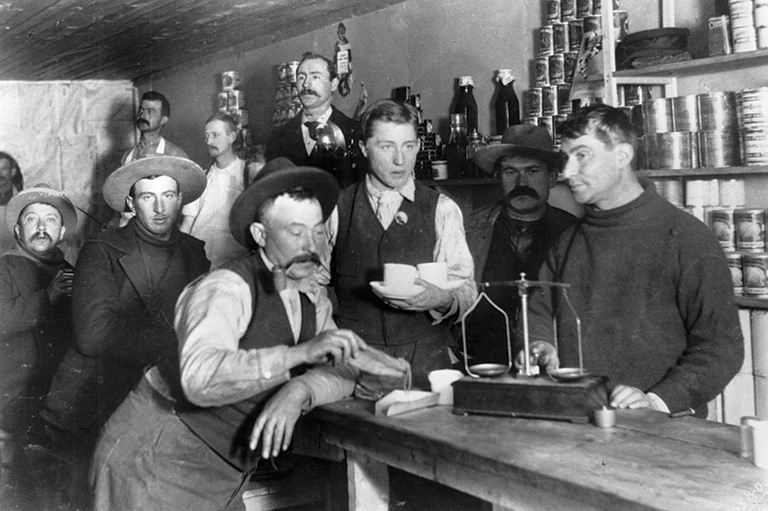Digging History

In the mid-1970s, a cattle farmer frequently came across pottery shards, bones, and other strange objects when he rode across his property, located a few kilometres north of Saskatoon.
Puzzled, he called Ernie Walker, a friend who was an archaeologist at the University of Saskatchewan. Smart move. Since then, a cornucopia of information has been unearthed that sheds light on the First Nations of the northern plains and their lives dating back six thousand years.
I visited the site of the dig — a cattle ranch now transformed into the Wanuskewin (in Cree, refuge or place of harmony) Heritage Park — and met Walker. He was gently scraping the soil in a trench about two-thirds of a metre deep. It was part of a small maze of ditches marked by a grid of strings and red tape indicating different age zones within the soil strata. Piles of dirt, a large sieve, and buckets lay nearby.
With 7 uniquely curated newsletters to choose from, we have something for everyone.
When I asked how this dig came about, he responded, “Well, that’s a three-beer story.” He described how, at the end of the last ice age, ten thousand years ago, melt water began to flow along a creek and slowly formed a sharp-sided valley. Wildlife and humans were drawn to a protected area at the juncture of Opimihaw Creek and the Saskatchewan River and lived there. Over time, annual spring floods deposited clay silts that formed a protective blanket over bones, plants, seeds, human artifacts, and other evidence of life. In addition, the silts contained chemicals that helped preserve these materials.
“Since we started active research in 1982, we’ve unearthed nineteen prehistoric and two historic sites, and we’re still working,” Walker said. “This is a research project gone wild and is the longest operating archaeological dig ever in Canada.”
The findings includes numerous remnants of First Nations occupation such as campsites and teepee circles (rings of stones used to secure the covers of teepees).

Save as much as 40% off the cover price! 4 issues per year as low as $29.95. Available in print and digital. Tariff-exempt!
An important find was a medicine wheel (a central cairn surrounded by a peripheral ring of stones analogous to the hub and rim of a wheel), which represents harmony and is considered a major symbol of peaceful interaction among all living beings on Earth. Smaller stone cairns lie outside the main peripheral ring. The most northerly medicine wheel on the northern plains, this formation is estimated to be about fifteen hundred years old.
Two sites identified as buffalo jumps were also discovered. There, bison were killed by stampeding them over a cliff. Two corral-like structures were also found. Bison were driven into these and then killed. Nearby butchering areas were uncovered. Also found were large boulders used by the buffalo to rub against for relief from insect bites.

As we talked, Walker methodically scraped at the soil. He and a colleague, archaeologist Glenn Stuart, were working around a 3,800-year-old hearth — a small pile of blackened stones the size of grapefruits.
Walker explained that he and his students have recovered about ten thousand pieces of buffalo bone and human-made artifacts.
Each fragment is carefully catalogued, washed, and analyzed. Some of them undergo radiocarbon dating.
Stuart scraped dark soil into a plastic bag and described how he will extract seeds using water screening and flotation techniques and then determine the kinds of flora and fauna that existed at that time. Walker’s and Stuart’s results will show how northern plains peoples lived and how they adapted to historic climate changes.
Suddenly Walker stopped chatting and focused on a small rounded piece he had partially uncovered. He scraped and brushed, revealing a bit more.

“Normally,” he said in frustration, “I would have identified this by now.” He patiently uncovered what to me looked like a soil-covered lump. He looked at it for a few seconds and announced, “This is a fused central fourth tarsal of an ankle from the back leg of a buffalo.” I was impressed.
In 1992, to protect and preserve the archaeological treasures in the valley from the fast-expanding city of Saskatoon, the Wanuskewin Heritage Park was created.
Today, the unique park serves not only as an important focal point for First Nations people but also as a major tourism draw. The park hosts powwows, ceremonies, art festivals, and more. “I’m proud that First Nations people have played an integral role in the development of the park,” Walker said. “Natives consider this ground sacred.”
Advertisement
Wanuskewin also attracts tourists with a visitors centre, displays, and interpretive trails. And it is an active archaeological research site that continues to reveal more about the northern plains peoples.
Wanuskewin has come a long way since being discovered four decades ago. In 1986, it was declared a National Historic Site.
A year later Queen Elizabeth and Prince Philip visited. Walker, the driving force behind the park, has been honoured with the Saskatchewan Order of Merit and the Order of Canada.
With obvious pride, Walker described a just-started major expansion that will triple Wanuskewin’s size and greatly increase its scope. “Can you imagine?” he said. “We’ll have live buffalo in an urban site. In 2014, we will apply to have Wanuskewin become a World Heritage Site.”
At Canada’s History, we highlight our nation’s past by telling stories that illuminate the people, places, and events that unite us as Canadians, while understanding that diverse past experiences can shape multiple perceptions of our history.
Canada’s History is a registered charity. Generous contributions from readers like you help us explore and celebrate Canada’s diverse stories and make them accessible to all through our free online content.
Please donate to Canada’s History today. Thank you!
Themes associated with this article
Advertisement




